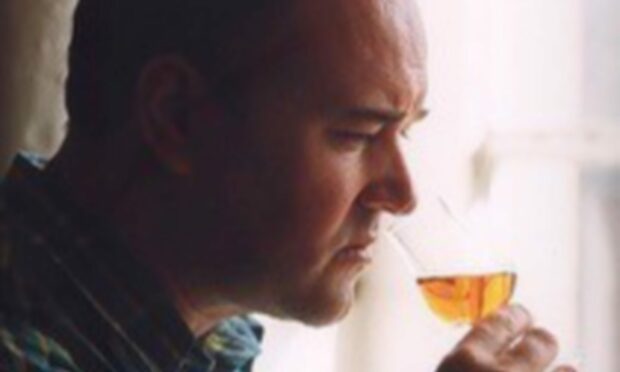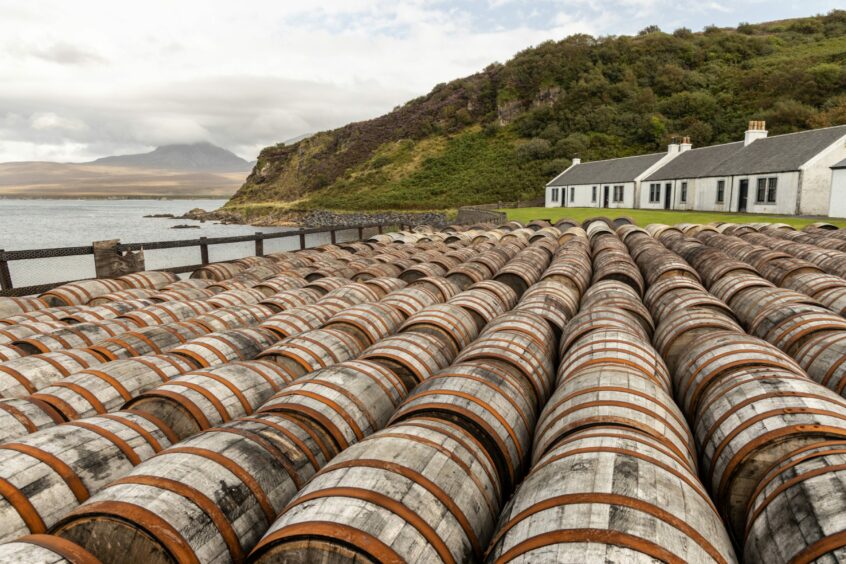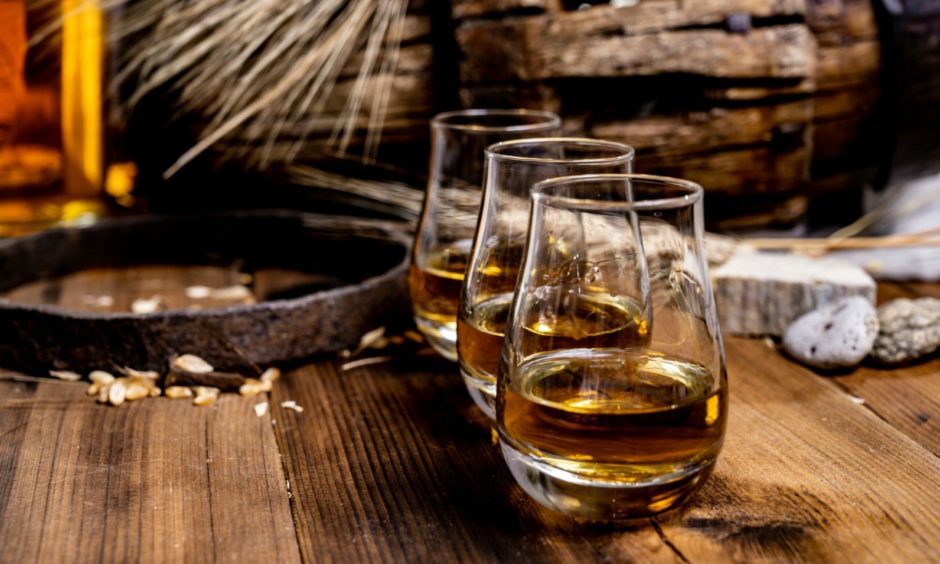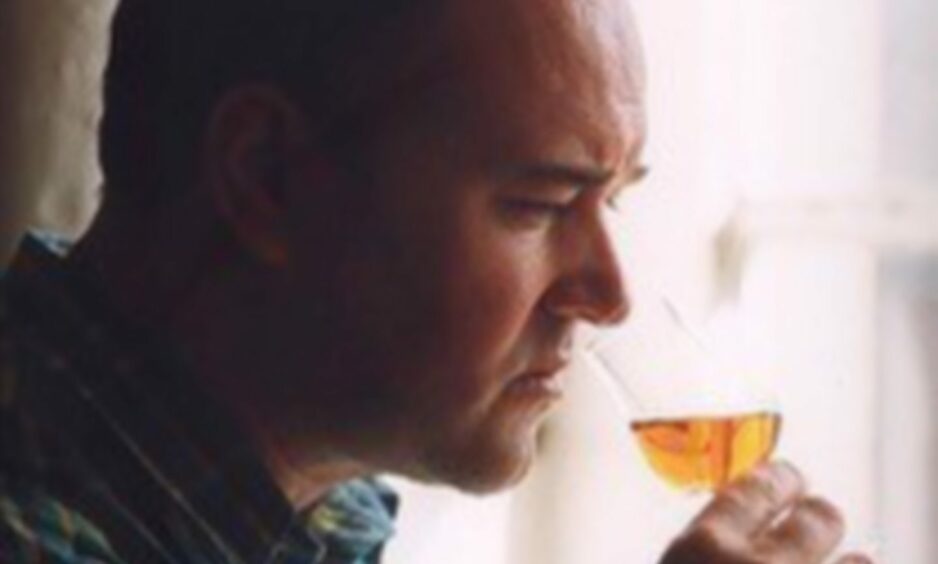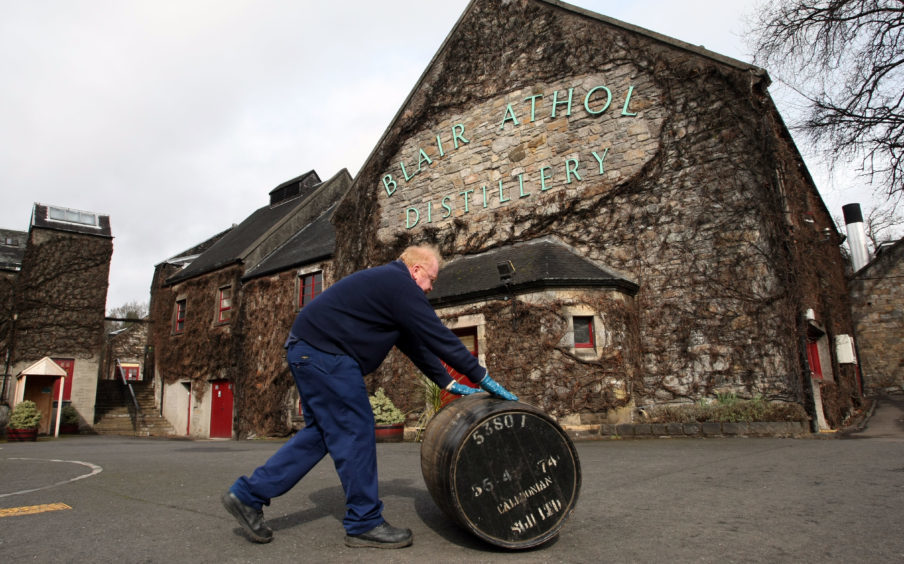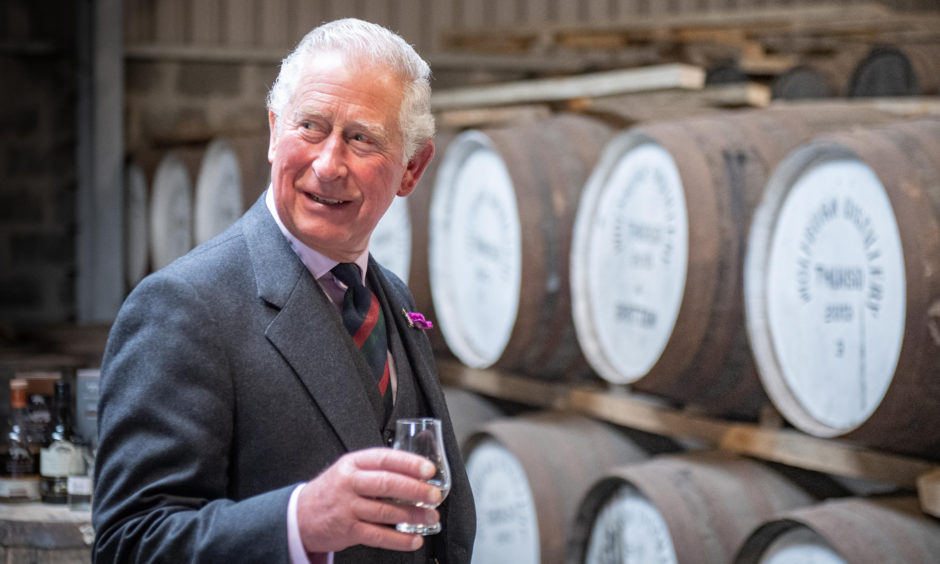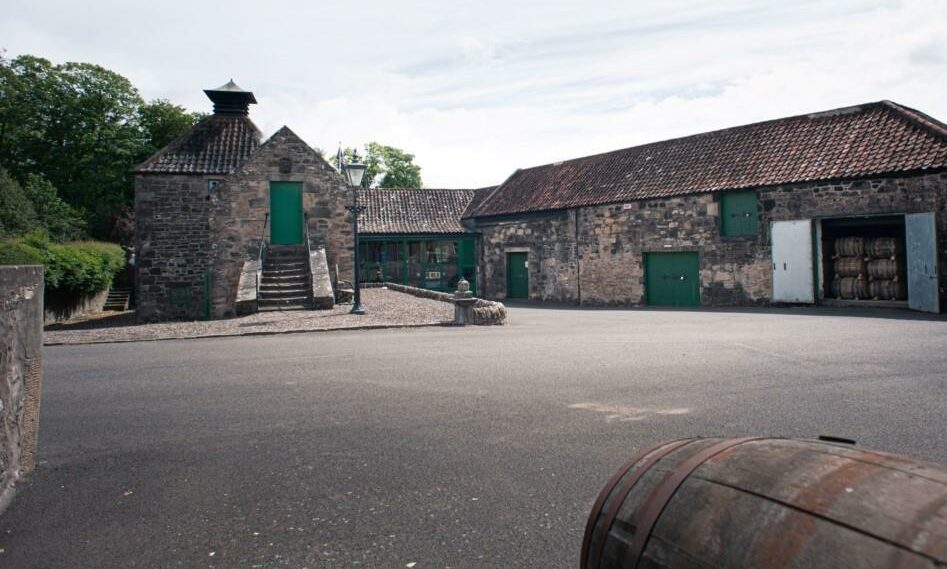Are you confused about malt whiskies and which ones to choose? Here, Michael Alexander speaks to Whisky in Your Pocket author Neil Wilson about the 10th edition of his easy-to-use book.
When Scotch whisky writer Neil Wilson surveys the recent combined impact of Brexit, Covid-19 and the temporary tariffs placed on exports of single malt to the USA, he’s in no doubt that there’s been a huge impact on the Scotch whisky industry.
These global factors effectively wiped out 10 years of growth, he says, with Scotch whisky sales in 2020 down by 15% in the EU, 32% in the USA and 70% in global travel retail.
Figures also show that out of 179 export markets for Scotch, sales declined in 127 of them.
Having launched the 10th edition of his book ‘Whisky in your Pocket’, however, the 66-year-old former North Sea oil industry consultant is very much concentrating on what whisky connoisseurs can learn about all that remains good.
Popularising malt
Neil’s book, alongside his malt whisky map of Scotland, is based on a book by Wallace Milroy who helped popularise malt whiskies in London and the rest of the UK in the 1980s.
Today, the book contains details for 130 malt and grain whiskies, and 26 blended whiskies.
The book contains regional reference maps and up-to-date bottle shots, and guides on pricing. It also gives suggestions for comparable whiskies.
But how did it all begin?
“On November 9 1964 Jack Milroy, Wallace’s brother, opened a small wine and spirits shop at 3 Greek Street, Soho, London,” explains Neil, a St Andrews University science graduate from Moffat in the Scottish Borders, who now lives in France.
“Wallace joined the store four years later when he left the mining industry. Until then, four whiskies were stocked by Milroy’s – Glenfiddich, Glen Grant, Glenlivet and Tomatin, but Wallace was a whisky connoisseur and grew the whisky range in stock.
“The store became visited by the great and the good in London and Wallace was known internationally for his genial approach to customers wishing to learn about Scotch.
“The growth of the popularity of the single malt sector owes much to the efforts he and his brother Jack made in central London in the 1960s and 70s.”

Oil industry
Neil explains that after graduating he went into the oil industry as a drilling fluids engineer. He worked all over the Middle East then worked as a consultant in the North Sea oil industry.
Holidaying on the west coast and taking an interest in Islay malt whiskies and distilleries’ locations by the sea, he became a whisky writer after the success of his book Scotch and Water.
Scotch and Water was the story of his sailing trip around the Hebridean malt whisky distilleries in the 1980s. He also established a publishing company because of it and has written about a half dozen books since.
It was his second book which came out after Scotch and Water, however, that saw him partner with Wallace Milroy.
“Wallace had been a prospector in South Africa and Rhodesia and was earning quite good money,” he says.
“He was sending it back to his brother Jack to help with his family business. His real expertise was on the whisky side.
“I happened to pick up copy of Drinks International one day and his face was on the cover. I was making a pocket guide to malt whiskies with tasting notes.
“I knew how to structure the book but only Wallace had the tasting notes of all the whiskies that were involved, so I got hold of him and said ‘do you want to do this with me? I’ll create the book and do all the structure, the data and you can supply the tasting notes’.
“That became Wallace Milroy’s Malt Whisky Almanac. We had several editions. It sold, now, round about 350,000 copies.
“But after the company I had was liquidated in 1992 I started off on my own again. I think at that point I started with edition four and went right through and licenced it to Waverley Books for editions nine and 10.”
Publication ‘fills a gap’
Neil continued to edit the book and write sections of it to accompany Wallace’s notes.
The first edition of Whisky in your Pocket was published by Waverley Books.
One of the team at Waverley had worked at Bloomsbury Publishing in Soho Square in the 1990s, one minute from Milroy’s at 3 Greek Street, and met Wallace Milroy coincidentally through trips to buy whisky gifts there.
Regarding the new book, Neil is at pains to say it’s not an extensive tasting guide, nor an abridged version of the Malt Whisky Almanac, nor a travel guide.
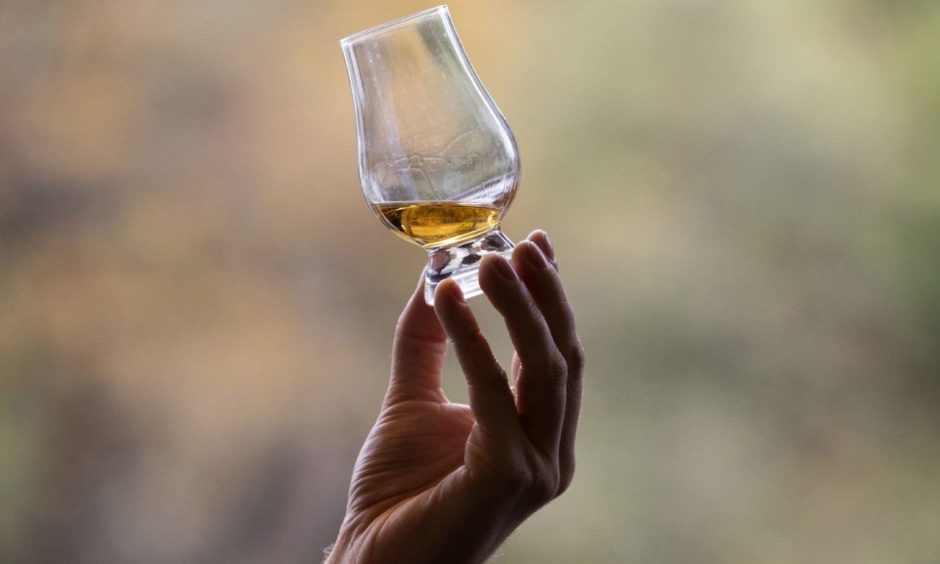
However, as a publication it stands by itself and may “fill a gap”.
Given its modest size it really fits into the pocket and is a perfect, modestly priced travel companion for those who want to hunt down distilleries in Scotland and broaden their knowledge, he says.
“The book contains details for every malt whisky for sure,” adds Neil.
“But we can’t list them all because so many distilleries have a huge number of expressions. We also include grain distilleries.
“It’s not setting out to be anything other than a good authoritative introduction to the whisky industry in Scotland.
“However, it’s also one of the few books you can carry around with you. It’s as handy for people in the trade who want to know things like output, water source or woods for certain distilleries as it is for beginners who can get a good overall picture and can learn from that.”
Whisky map
The Malt Whisky Map of Scotland shows at an easy glance the location of distilleries, including the newer ones that have popped up across the country since the millennium.
Neil says that while “things have really taken off” over the past decade he would “imagine some of these distilleries might not make it” in the longer term.
While a lot start off as gin distilleries, to create cash flow, their survival is dependent on “deep pockets” from investors.
However, many established distilleries are also becoming more inventive about the types of wood they use to mature whisky.
“New laws that have been put out by the Scotch Whisky Association allow distilleries more leeway in the type of wood they can mature their spirit in,” he says.
“They are able to drive their whisky to a market that’s much more flavour driven, because of their ability to use different kinds of woods.
“In the past it was very traditional – ex-bourbon, ex-sherry, and they would leave it for 10/12/15 years. But finishing has become a big factor in how it’s matured.
“The big boys will keep one type of wood for 12 years than put it in another type of wood for a year and see how it goes. They marry it up. It’s very much flavour driven now. There’s less emphasis on the age of whisky.”
Taste is subjective
While Neil hasn’t visited every distillery in Scotland, he says he’s probably tasted them all.
Taste is subjective, and he is always drawn to Talisker and Islay malts, he says.
“I also have a big soft spot for very rich, I call them Christmas pudding malts from Speyside – rich, dark, deep and terrific after dinner drinks.
“I also love a Lowland. My old local distillery was Bladnoch, near Wigtown. That was a great pre-dinner whisky.
“Now we have Annandale. The first whisky distillery you come upon travelling from England into Scotland. I think the picture is good. There are a hell of a lot more distilleries now.
“But to succeed I think it’s all about proper financing from the outset.
“If you don’t have deep pockets from your backers, I think you’ll struggle unless you are prepared to keep it very low key.
“The Dornoch distillery, for example, is in the back of an old fire station shed in the back of an old hotel. They are being quite experimental, producing when they want it and putting it on the market.
“The other is Daftmill in Fife. It was always a seasonal thing for farmers – they distilled in winter and waited until it was ready. It’s expensive. It can only be bought from specialist outlets
“That’s the old way of doing it when farmers in the past would distil as well. They’ve kind of reinvented that model.”
Other books
Neil wrote The Arran Malt: An Island Whisky Renaissance, his most recent work. Being one of the original investors in Isle of Arran Distillers, Neil took up the invitation to research and write a book about the company’s history for its 21st anniversary celebrated in 2016.
He has also written a five-language edition on Ardbeg Distillery, Loch Fyne Whiskies, and the Scotch Malt Whisky Society and numerous corporate publications.
Whisky in Your Pocket, published by Waverley Books, is available now, priced £9.99.
Why did people queue through the night outside a St Andrews shop?
